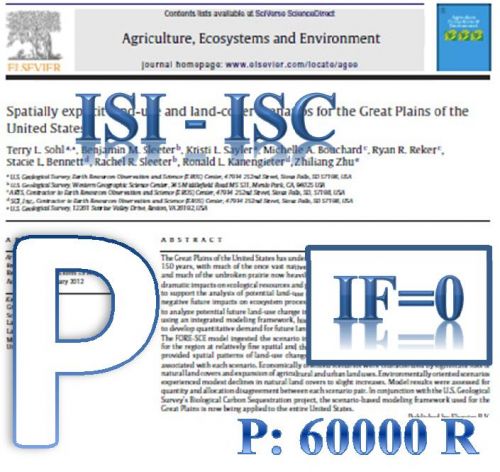Co-compost can be obtained by combination of sludge and municipal solid wastes which were used in the agricultural lands and solve municipal waste and wastewater treatment plant problems. The goal of the study was to investigate a methodology for settling optimum conditions such as aeration rate, temperature, moisture content, C/N ratio and size of particle in composting process. Two pilots were prepared and in every pilot different combination of municipal waste, sludge and wood pulp were used. Particle size of blend and aeration rate was the differences between two pilots. The results showed that the pH of compost pile was about 10 at the beginning of process and decreased to 7.25 gradually after 7 days. The proper size of particle was between 10-40 mm. The suitable C/N ratio was between 25 to 35 and it was about 33 in this experiment. Higher temperatures caused increasing microbial activity at the beginning of process. To homogenize the temperature, it is vital to make an agitation of the compost pile every 4-6 days. Increase in co-compost temperature happened when the moisture content was between 50 and 60%. Aeration with three times of required air has given the best result. Finally, we found that the moisture content has a greater effect on the microbial activity than the temperature. These results support the use of co-composting process with make-up particle size and moisture capabilities in preference to forced aeration enclosed reactors.
کلید واژگان :Co-compost Sewage sludge Municipal waste Temperature Moisture content pH
ارزش ریالی : 600000 ریال
با پرداخت الکترونیک
جزئیات مقاله
- کد شناسه : 2141839275032218
- سال انتشار : 2014
- نوع مقاله : پذیرفته شده در مجلات Scopus ,ISI, با IF=0
- زبان : انگلیسی
- محل پذیرش : Nature Environment and Pollution Technology
- برگزار کنندگان :
- ISSN : 0972-6268
- تاریخ ثبت : 1393/09/21 17:29:10
- ثبت کننده : فرشاد گلبابایی کوتنایی
- تعداد بازدید : 321
- تعداد فروش : 0
